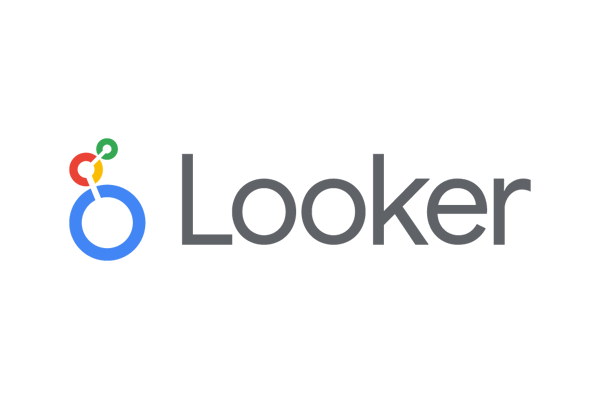In this blog post, you will learn how to connect Google Ads to Looker Studio, a business intelligence platform,
in order to analyze data generated during the course of your Google Ads campaigns, with a view to understand your market segment better and fine-tune your outreach efforts.
Step by step instructions provided to supercharge your Google Ads campaigns by leveraging the power of data analysis through the connection of your Google Ads data to Looker Studio.
Table of Contents
What is Google Ads?
- Google Ads is developed by Google and is made up of the Google Search Network and Google Display Network.
- Advertisers pay to show their advertisements either on Google Search results with the ads displayed just above the organic search results or on Google Display Network which includes mobile apps, videos, Gmail and other third-party websites that are a part of the Google advertising ecosystem.
What is Looker Studio?

- Looker Studio is a data visualization tool by Google that is primarily aimed at giving non-technical users the ability to analyze and visualize data from a variety of sources.
- It is an easy-to-use dashboard and reporting tool that can be used for business intelligence to glean insights from data.
- Looker Studio can connect to databases such as PostgreSQL and MySQL, it can also connect to data warehouses like BigQuery. Data Studio features about 17 connectors to Google-related products
Through Looker Studio, once an appropriate source of data has been connected to it, one can ask questions about their data and display the answers in plots, graphs, charts, tables, etc.
Methods to Connect Google Ads to Looker Studio
- To complete this section, it is expected that you have access to a Google Ads account which you will connect to looker Studio but before you do that it may be worthwhile to ponder on why you want to do so.
- Assume you are running a large-scale online advertising campaign and you want to be able to get a sense of the overall direction of the campaign and its performance so you can gauge areas you want to improve on using the hard numbers as a guide.
- Then it becomes immediately clear that you need a way to crunch those numbers, analyze trends that may not be obvious, summarize your findings, and present those results in a format that makes your conclusions actionable.
To connect Google Ads to Data Studio, you will first of all need to log in to Data Studio.
After a successful login, follow the series of steps below to properly set up the connection from Google Ads to Google Data Studio:
- Click on the Create button in the left panel, then select Data Source.
- Next click on the Google Ads connector from the list of connectors.
- Select your Google Ads account.
- Click on the Connect button that appears at the top right corner of the page.
- Then click on the Create Report button at the top right corner of the page.
- Click the Add to Report button that is presented as a modal as part of the report creation step.
Below is a sample Google Ads dashboard built using Data Studio.
Conclusion
- In the above sections, you learned about digital advertising, the prominent position Google Ads occupies in the online advertising sphere, and how to use it.
- You also gained an understanding of the importance of data analysis and how it can guide an online campaign to achieve its desired goals.
- You were also introduced to Data Studio which contains data visualization and reporting controls that can easily be harnessed to create dashboards.
- Finally, you were able to connect your Google Ads account to Data Studio using Hevo for free. This is just the tip of the iceberg of what is achievable by using Google Ads in conjunction with Looker Studio to map out your marketing strategy.
Sign Up for a 14-day free trial and experience the feature-rich Hevo suite firsthand.
FAQ on Google Ads to Looker Studio
How do I connect my Google Ads data to Google Data Studio?
To connect the Google Ads data to Google Data Studio, follow the given steps:
a. Open Google Data Studio.
b. Create a new report.
c. Click “Add Data.”
d. Select the “Google Ads” connector.
e. Authorize and select your Google Ads account.
f. Add to report.
How do I export data from Google Search Console?
To connect Google ads to Google Analytics, you should perform the following steps:
a. Sign in to Google Analytics.
b. Go to Admin > Property column > Google Ads Linking.
c. Click “+ New Link Group.”
d. Select your Google Ads account and click “Continue.”
e. Configure link settings and click “Link accounts.”
Do I need Google Analytics for Google Ads?
No, you don’t strictly need Google Analytics for Google Ads, but integrating the two can provide significant benefits.

